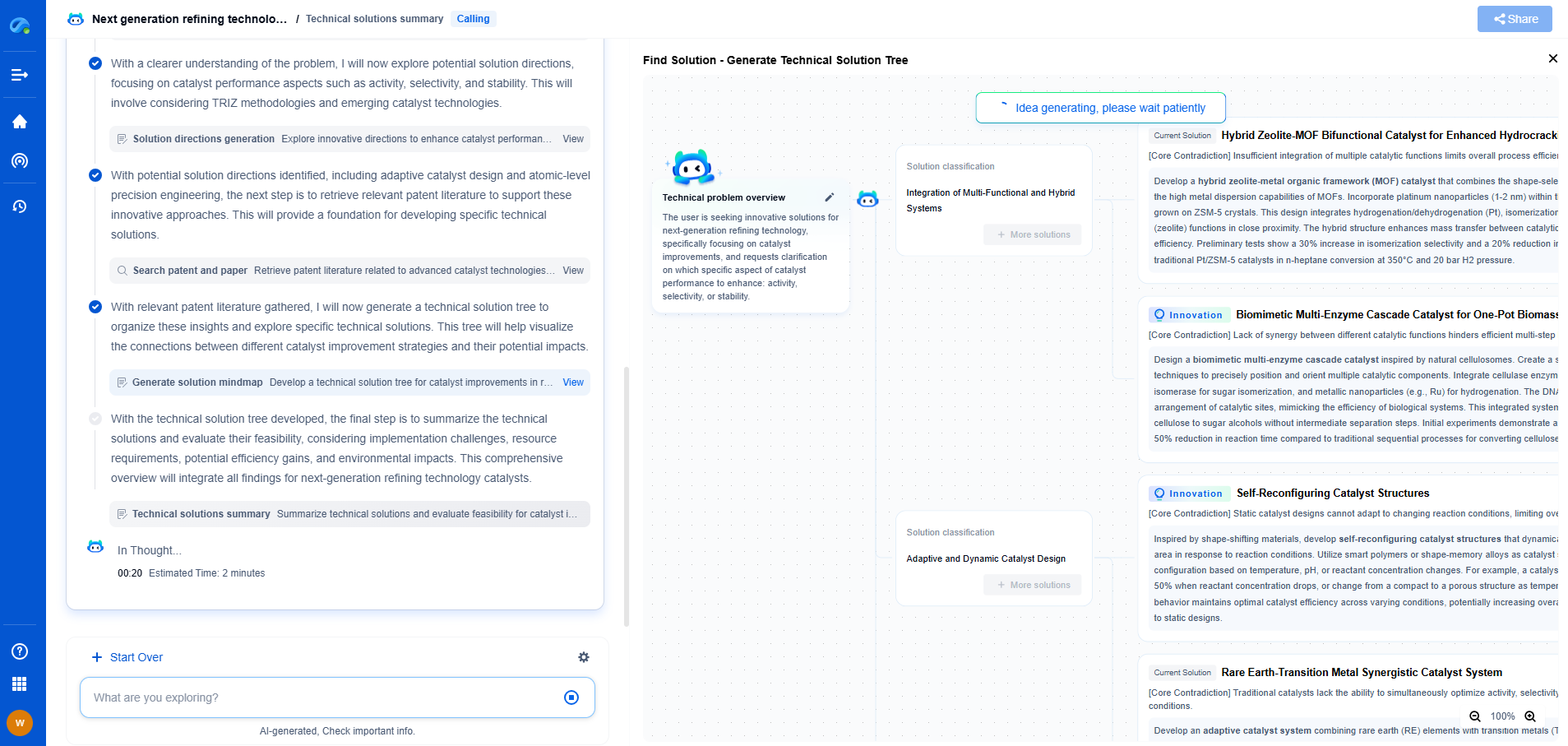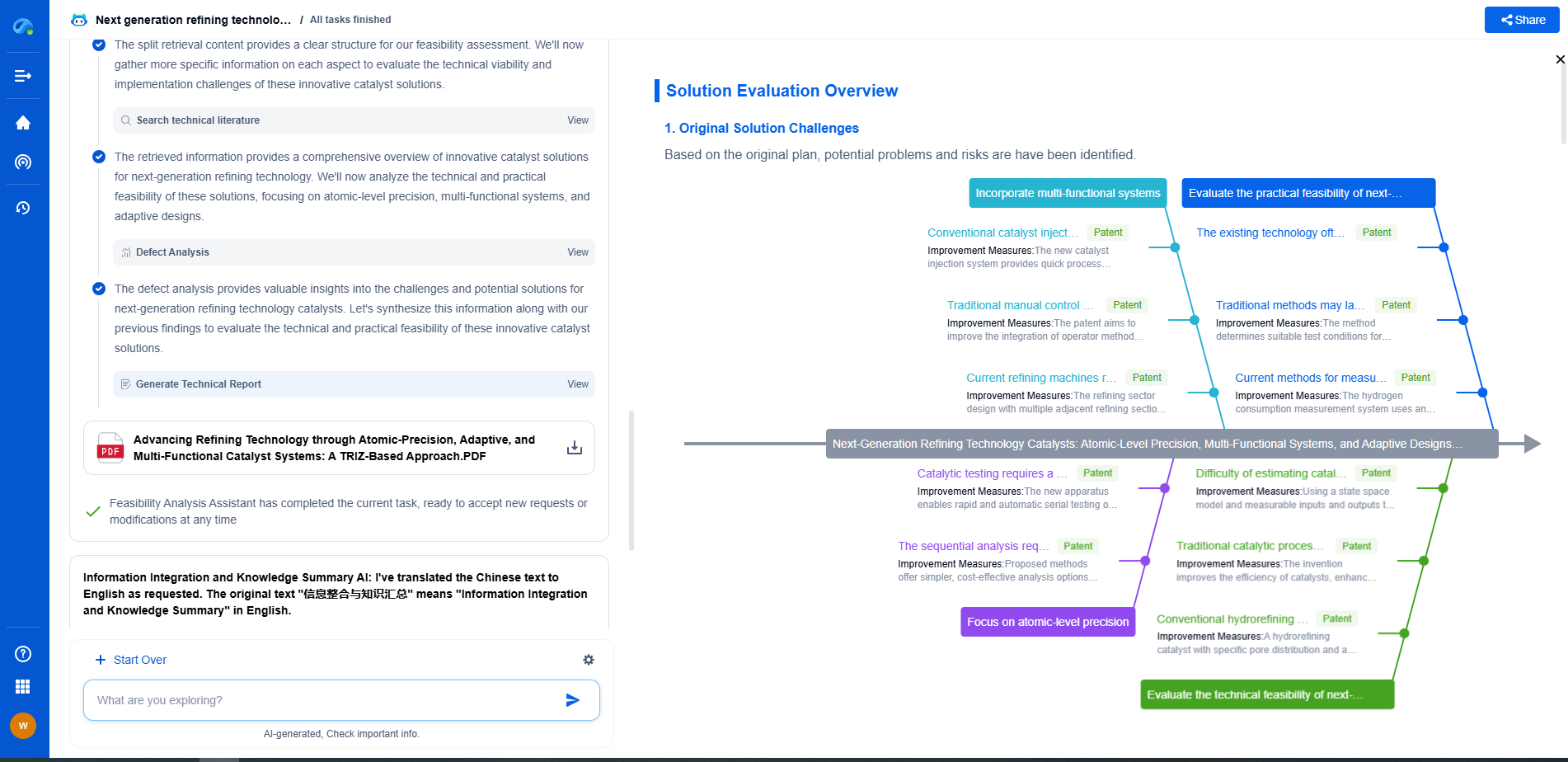Understanding the interaction between laser and materials is crucial for applications ranging from cutting and welding to medical treatments and material processing. Modeling this interaction using COMSOL Multiphysics allows researchers and engineers to predict outcomes, optimize processes, and innovate new applications. This blog will guide you through the steps necessary to build an accurate and efficient model of laser-material interaction using COMSOL Multiphysics.
Defining the Problem
The first step in modeling laser-material interaction is to clearly define the problem you're attempting to solve. Are you interested in thermal effects, mechanical deformation, or changes in material properties? Establish the goals of your model, such as predicting temperature distribution, stress fields, or ablation thresholds. Defining the scope will help in selecting the appropriate physics interfaces in COMSOL.
Setting Up the Model Geometry
The geometry of your model should reflect the real-world scenario you're examining. COMSOL Multiphysics allows you to design both simple and complex geometries with precision. Depending on the application, you might model a thin film, a bulk material, or a composite structure. Ensure that your geometry aligns with the laser's interaction zone and consider any symmetry that could simplify the model.
Selecting the Physics Interfaces
COMSOL offers various physics interfaces that can be combined to simulate laser-material interactions. For thermal effects, you might use the Heat Transfer Module. For structural changes, consider the Structural Mechanics Module. In some cases, coupling between different physics might be necessary. For instance, the heat generated by the laser might induce thermal stresses, which can be modeled by coupling the Heat Transfer and Structural Mechanics interfaces.
Defining Material Properties
Accurate material properties are essential for a reliable simulation. COMSOL's material library provides a range of materials with predefined properties, but you might need to input custom values based on experimental data or literature. Key properties include thermal conductivity, specific heat capacity, density, and optical absorption coefficients. These properties influence how the material absorbs laser energy and undergoes changes.
Implementing Boundary and Initial Conditions
Boundary and initial conditions define how the laser interacts with the material and how the model behaves over time. You must specify the laser's properties, such as wavelength, intensity, and pulse duration. Initial conditions might include the material's starting temperature or stress state. Boundary conditions could involve specifying heat losses, fixed constraints, or symmetry planes.
Meshing the Model
Meshing is a critical step in obtaining accurate simulation results. A finer mesh provides higher accuracy but increases computational demands. Use adaptive meshing techniques in COMSOL to focus mesh refinement on areas with high gradients, such as the laser's focal point or regions experiencing rapid temperature changes.
Solving the Model
Once the model is fully set up, you can proceed to solve it. COMSOL provides robust solvers capable of handling complex multi-physics interactions. Monitor the solver's progress and ensure that convergence criteria are met. It might be necessary to adjust solver settings based on the specifics of your model, such as non-linearities or transient behaviors.
Post-Processing and Analyzing Results
After solving the model, COMSOL's post-processing tools allow you to visualize the results in various ways, such as temperature profiles, stress distributions, or material phase changes. Use cut planes, iso-surfaces, and animations to gain deeper insights. Compare your simulation results with experimental data to validate the model's accuracy.
Optimizing and Refining the Model
Iterative optimization and refinement may be necessary to enhance the model's predictive capabilities. Adjust material properties, boundary conditions, or mesh density as needed. Sensitivity analysis can identify which parameters significantly impact the results, guiding further experimentation or model refinement.
Conclusion
Modeling laser-material interaction with COMSOL Multiphysics is a powerful approach for understanding and optimizing processes across multiple industries. By following a structured approach to setup, solve, and analyze your model, you can achieve reliable simulations that contribute to both scientific understanding and practical applications. With continuous advancements in simulation technology, the potential for innovation in laser-material applications continues to grow.
How to Model Laser-Material Interaction Using COMSOL Multiphysics
JUN 26, 2025 |
Empower Electromagnetic Innovation with Patsnap Eureka
From high-frequency antenna arrays and electromagnetic shielding to plasma propulsion and wave-based energy transfer, the electromagnetic domain sits at the core of next-generation technologies. Yet navigating its vast landscape of patents, research papers, and evolving technical standards can be time-consuming and complex.
Patsnap Eureka, our intelligent AI assistant built for R&D professionals in high-tech sectors, empowers you with real-time expert-level analysis, technology roadmap exploration, and strategic mapping of core patents—all within a seamless, user-friendly interface.
👉 Experience Patsnap Eureka today and transform how your team navigates the complexity of electromagnetic innovation.
- R&D
- Intellectual Property
- Life Sciences
- Materials
- Tech Scout
- Unparalleled Data Quality
- Higher Quality Content
- 60% Fewer Hallucinations
Browse by: Latest US Patents, China's latest patents, Technical Efficacy Thesaurus, Application Domain, Technology Topic, Popular Technical Reports.
© 2025 PatSnap. All rights reserved.Legal|Privacy policy|Modern Slavery Act Transparency Statement|Sitemap|About US| Contact US: help@patsnap.com

